The Ascension window depicts Jesus parting with his followers and ascending into heaven forty days after Easter. It was installed in 1885 and was intended to be the only stained-glass window in the Cathedral. Inspired by it’s beauty, Burne-Jones subsequently decided to design two more shortly afterwards.
Explore the scene

Christ ascends into heaven
The upper part of the window shows Christ with three angels praying on either side. Above them, you can see a mass of vibrant red feathers, with the tops of many halos just peeking through. If you look closely, you’ll notice that one of the angels has blue wings rather than red.
Burne-Jones depicted his figures with small heads and long bodies, making the angels seem even more like creatures from another world. Jesus is stretching out his hand, blessing the people below. Some people see what looks like an English flag in Christ’s halo, which could represent Christ’s victory over death.
The space between heaven and earth
The window is divided into two halves by a deep blue sky, dividing heaven and earth, with Christ moving effortless between the two. The oval-shaped clouds also resemble water. Burne-Jones wanted to portray heaven as he saw it – starting just a few inches above our heads!
The disciples watch on
The lower half of the window depicts the disciples and followers of Jesus, watching him ascend into heaven. They are painted in bold, vibrant colours, with emotive expressions. The crowd includes Mary mother of Jesus, alongside Jesus’ disciples wearing white or blue. It is thought that the disciple St Philip is in the centre of crowd – shown as a clean-shaven young man.
See a 3D model of the window
The original cartoon vs the finished window


Follow @DivineBeautyBhm
#DivineBeautyProject
Divine Beauty is generously supported by National Lottery players, via The National Lottery Heritage Fund.
















